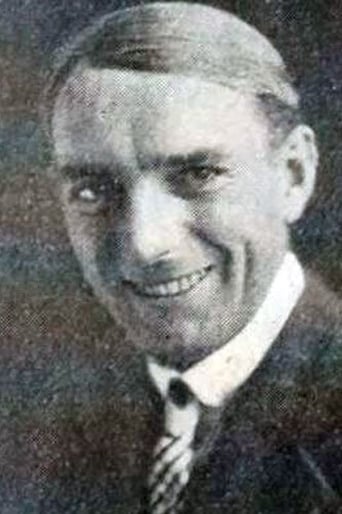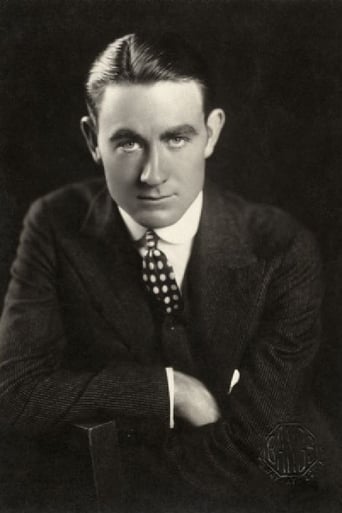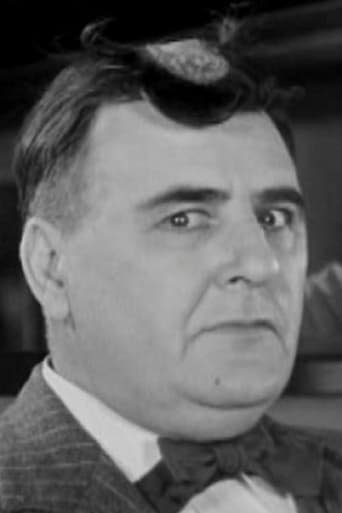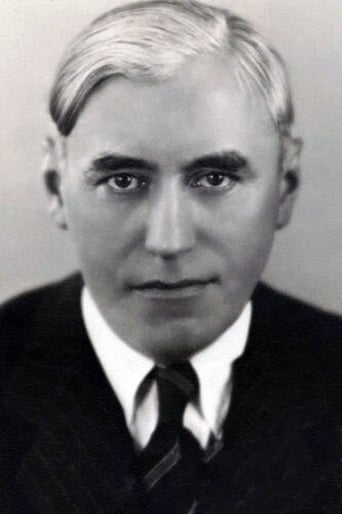Afouotos
Although it has its amusing moments, in eneral the plot does not convince.
CrawlerChunky
In truth, there is barely enough story here to make a film.
ChicDragon
It's a mild crowd pleaser for people who are exhausted by blockbusters.
Myron Clemons
A film of deceptively outspoken contemporary relevance, this is cinema at its most alert, alarming and alive.
kidboots
Back in the very early years of film there were more child performers than any other period in film history. Fan magazines were full of articles where child stars told of their favourite doll or pet. Most children earned $3.50 for appearing in a minor role and for most poor families the money was a godsend. Little Gladys Egan was often in American Biographs and "In the Border States" was her movie all the way.When a foraging Confederate soldier happens on a farm "in the border states" he is helped to water by a small child (Egan) whose prejudices are put aside in her sympathy for the thirsty man. You can see the emotions working on Gladys' face - has she done the right thing etc?? - Union soldiers ask her for assistance and she points them in the wrong direction.Meanwhile her father is sent on a perilous mission (he is a Union officer) and returns home shot - at the same time as the soldier whom Gladys had helped has returned with a group of Confederates looking for the wounded man. This time the soldier is able to return the favour, although at the end Gladys takes a bow as she accepts all the praise. While others were acting their heads off, Gladys and her sister were acting natural and just being themselves. Another standout is the camera work from Billy Bitzer - scenes shot looking down a hill as the rebel soldiers, then the wounded soldier make their way up the grassy slope almost into the camera lens.
ackstasis
In 1910, America was preparing to commemorate the 50-year anniversary of the Civil War, and the gradual development of cinema made it possible to convincingly recreate the events of decades past. While many of these Civil War films were dispensable and quickly forgotten, at least one director knew exactly what he was doing with the camera. D.W. Griffith became such a successful filmmaker because he could really connect with the human side of his characters. War films can very easily become a one-sided affair, showing sympathy and compassion for only one of the feuding powers, while the other one is designated to the role of the faceless enemy. Not so for Griffith, at least not in this case. 'In the Border States (1910)' humanises both sides of the American Civil War, suggesting that there was little difference between the soldiers who fought for either the Union or the Confederacy (a sobering realisation that usually only comes years after the bloodshed of combat).The film opens with a young father (Charles West) joining the Union army and marching off to war, leaving behind an anxious family. His daughter (Gladys Egan), collecting water at the well one day, is surprised by a Confederate soldier, who is dying of thirst and being pursued by the enemy. Despite her prejudices, the girl decides to help the poor man, a simple act of kindness that will later reward her in kind. 'In the Border States' really captures the turmoil and confusion of the Civil War, with soldiers fighting fellow Americans at their own doorstep, and being unable to understand why they are in conflict with men who are so similar to themselves. The young girl's benevolence shows that, while loyalty to one's army is noble, this comes second to one's obligation towards his fellow man – regardless of nationality or beliefs. Griffith's action-packed Biograph short, without needing to hammer its message home, is a stirring anti-war testament; it's too bad that, within a few years, the world would be making the same mistakes all over again.
Steffi_P
In the Border States is one of the earlier occasions on which DW Griffith dealt with the Civil War, although unlike so many of his battle films from the Biograph period, this one is less about action and more significant for the acting, characterisation and handling of emotion.The opening couple of shots are perfect examples of Griffith's economy of expression. There is no opening title to set the scene – all you need is that first shot of the wife, children and younger man in uniform, and you immediately know this is a close-knit family, and the father is a Union officer. The second shot – the army column advancing round the corner, implies that the father will soon have to leave for the battle lines. The following shots of the family's varying reactions are particularly complex and carefully composed. Of extra note is the way Griffith draws our attention to young Gladys Egan by twice placing her in the centre of the frame, putting her in a darker coloured dress and putting her actions slightly out of synch with her sisters. This is a vast improvement on many earlier Griffith shorts, in which many characters tend to look and act the same.The action sequences are fairly brief. In a chase scene, there is a good selection of location shots, and some tense cross-cutting. There is one moment which looks very jarring to us today, and that is a mismatch between the directions people travel between shots. Charles West leaves one shot left to right, then enters the next frame right to left, which looks a little odd. To confuse things even more, one of the pursuing confederates fires his gun towards screen-right, and we then cut to West dodging the bullet from screen-right, as if he was facing the same way rather than being opposite. It was actually Charlie Chaplin who really addressed this problem of mismatching shots, and you can see the difference when he began directing his own pictures at Keystone.The culmination of all this is a by-now familiar claustrophobic climax, in which the hero is trapped inside a room while the door is battered down. It's a fairly well constructed one, with several different strands adding extra tension – secret dispatches that must be burned, a large group of soldiers on their way. There's also a great example of how Griffith punctuates action when the little girl fires her father's gun at the exact moment Henry Walthall breaks down the door. The gunshot serves no purpose to the story, since she misses, but it really gives the moment an extra impact.In the Border States demonstrates, in a single film, the rather ambiguous attitude Griffith had towards the war. He shows heroism and nobility exists on both sides, and even draws parallels between the experiences of West, the Union officer, and Walthall, the confederate. This even-handedness, and occasional self-contradiction runs all through Griffith's work.
aimless-46
"In the Border States" is one of D.W. Griffith's Civil War shorts. Although filmed in the wilds of New Jersey (Delaware Water Gap), from the title the likely intended setting is western Maryland, West Virginia, or eastern Kentucky. A border state would have sent units to both armies but this short features the home of a departing union soldier. Shortly after he leaves with his regiment an unarmed Condederate arrives at the soldier's house and his youngest daughter (played by Gladys Egan-Mary Pickford has a smaller part as the older daughter) hides him from a Yankee patrol. He tries to kiss her in appreciation but the little girl is too patriotic to allow this. A few days later her wounded father stumbles home pursued by a Confederate patrol. The Confederate she saved is detailed to search the house and he returns the favor by not turning in her father. The little girl again refuses his kiss but they compromise and salute each other.This is a cute little home front story in the standard silent film style of acting, much more like stage acting than acting for the camera. Some of the scenes are captioned but it is largely unnecessary because you can follow the pantomime without any trouble. Griffith inserts a couple of then revolutionary edits (match cuts) into the film, as actors are going though a door and then coming into the room on the other side. Watch for one of the first continuity problems ever, as a solder with two chevrons on his sleeves goes into the house and in the cut to him from inside he is wearing a uniform with no chevrons. Griffith manages to incorporate some nice scenery into a couple exterior shots that are staged to take advantage of the scenic background. Then again, what do I know? I'm only a child.



